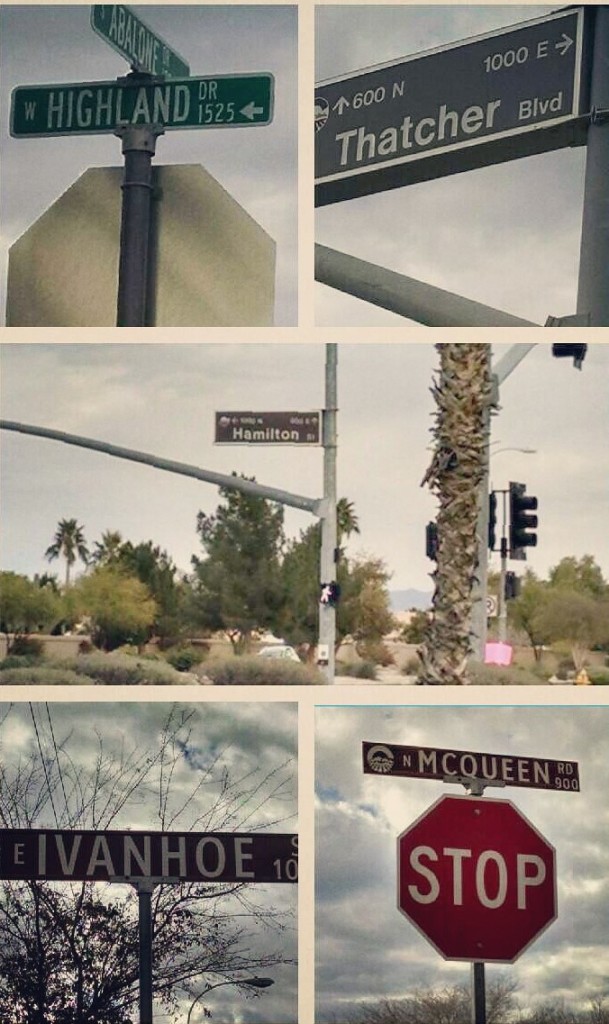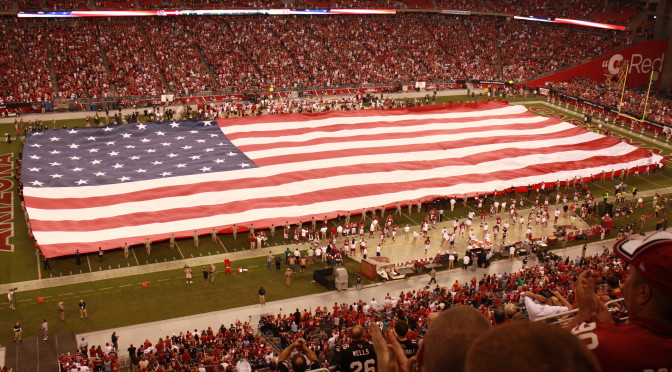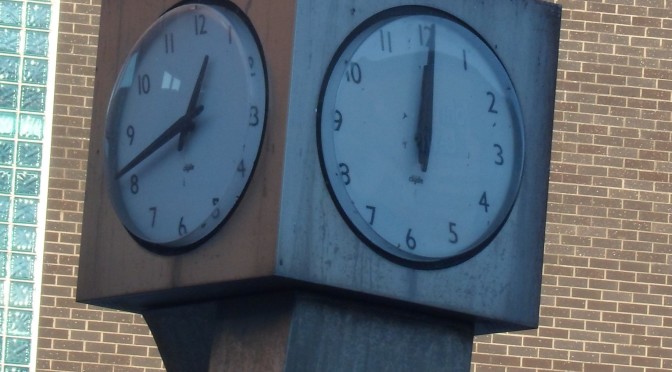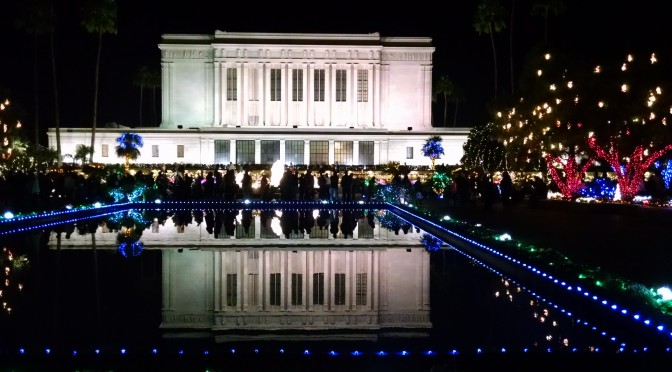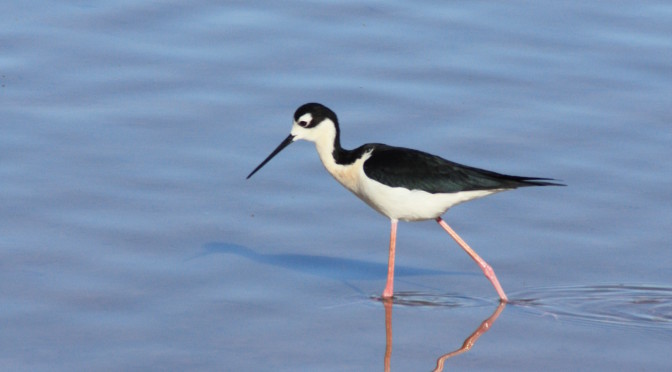About living in Arizona’s ‘Little Scotland’
Out here in Arizona we can drive on Apache Boulevard…and Chaparral Road. This is Wild West country after all. And there are plenty other streets in the vicinity that evoke the history of this part of the world. They include Comanche Drive, Stetson Road, Jackrabbit Road, Cactus Road and Gunsight Road.
My home city is only 176 miles from the Mexican border so there is also a massive Hispanic culture, again reflected in the names of the roads – Santa Cruz Drive, Diablo Way, Guadalupe Road, Ocotillo Road and the Agua Fria Freeway.
When we moved here last year we stayed with family in East Barbarita Avenue. It was just the sort of typical south-west address I had envisioned myself having as an Arizona resident. In fact, I was drinking Dos Equis beer and calling the neighbours ‘amigo’ when we decided to find our own place.
There were so many cool addresses that we were spoiled for choice, names that sounded straight from a spaghetti western. Tonto Street perhaps, or Pueblo Avenue.
Eventually we found the perfect place, a three-bedroom town house in a quiet area. So we packed all our belongings and flitted for the second time in a matter of months, to an address on – North McQueen Road.
McQueen? I might as well have been moving to Paisley Road West. I went to school in Ayrshire with a family of boys called McQueen. I used to watch Kilbirnie’s finest footballing son Gordon McQueen not just playing for Scotland but as a raw centre half with Largs Thistle.
So much for all my dreams of welcoming visitors to my little slice of the desert. You can’t really wear a cowboy hat and ride a horse in McQueen Road. This was about as American as deep fried haggis and chips.
It was all a bit disappointing to be honest. Apparently the road was named after a family called McQueen who once owned a large ranch in these parts. I am willing to bet that the wonders of ancestry.com would reveal descendants that were Scottish or Irish, or both.
But the McQueens were just the tip of the iceberg. A quick drive round the neighbourhood revealed many more examples of Scotland’s influence on this part of the world.
Apart from Burt Lancaster’s character in Local Hero, the most famous Knox in history was John Knox, the Scottish clergyman. Knox Street is a few hundred yards as is Highland Drive which speaks for itself. Hamilton Road is not far and there is even a nod to Sir Walter Scott with Ivanhoe Street.
We could claim Hartford Street as having been named after Asa Hartford, a one-time footballing colleague of Gordon McQueen. There is Inverness Drive, McLintock Drive, McDonald Road, McDowell Road and Jackson Street. I would like to think McKellips Road was named after someone whose family name was originally McKillop and who came from the Highlands.
Dunbar Drive, McNair Street, Loughlin Drive, McArthur Drive – the list goes on.
The one major shock I had was discovering that a five-minute walk from my pleasant town house took me to Thatcher Boulevard. I’m 5,000 miles away and I still can’t escape the woman.
So here I am, almost a year after my dream move to the States, stuck in North McQueen Road in what seems like Little Scotland, Arizona. One day I’ll graduate to Palomino Drive or Calle Magdalena. There is even a Sesame Street.
But there is one street name here that, to my mind, is head and shoulders above the rest, and proves that a sense of humour is still alive. It is in Central Phoenix and was named after a planner called Jimmy Wong. The street’s name – Wong Way.
